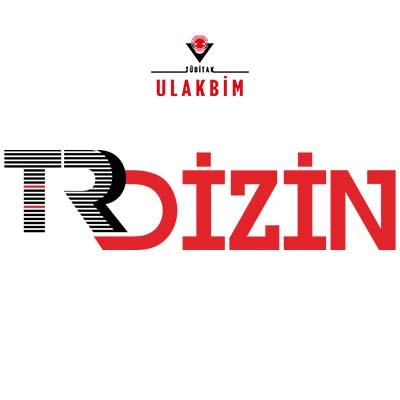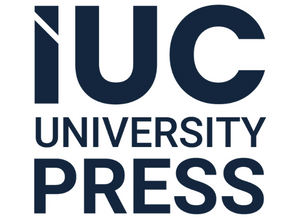This study aimed to examine the effects of an 8-week rope jumping exercise programme on balance, agility, and kicking force in licensed taekwondo athletes aged 10–12 years. Forty-four child athletes participated in the study; the rope jumping program was applied to the experimental group (EG), while the control group (CG) continued only taekwondo training. The program was carried out three days a week for a total of eight weeks. The exercise intensity was adjusted according to the children’s perceived difficulty levels. In the study, balance assessment was performed with the Biodex Balance System, agility was measured with the hexagon test, and kicking force was evaluated with the kinetic energy measurement system integrated into the electronic Daedo Gen2 system. According to the results, significant performance increases were observed in both the dominant and non-dominant legs of the athletes who did rope jumping exercises, especially in bandalchagi and yopchagi kicks. In addition, significant improvements were recorded in the agility levels of the EG. In the balance tests, significant improvements were observed in dynamic balance measurements, especially in the non-dominant leg. Although static balance development was limited, positive effects were observed on general balance and stability. In conclusion, rope jumping can be effective in the development of balance, agility, and lower extremity strength in child athletes as a low-cost and easily applicable exercise method. It is seen to be especially useful in developing dynamic balance and increasing sports-specific movement abilities. However, its effects on static balance are limited. Therefore, it is recommended to support it with different types of exercises. The research supports the effects of rope jumping in children in increasing motor skills and offers a viable training alternative for sports schools and clubs.
Cite this article as: Şimşek, İ., & Koç, M. (2025). An 8-week rope jumping program on body balance, kicking performance, and agility in pre-adolescent taekwondo athletes. Research in Sports Science, 15, 0047, doi: 10.5152/rss.2025.25047


.jpg)


.png)


